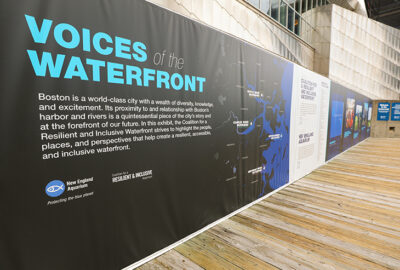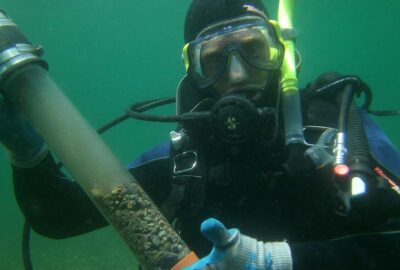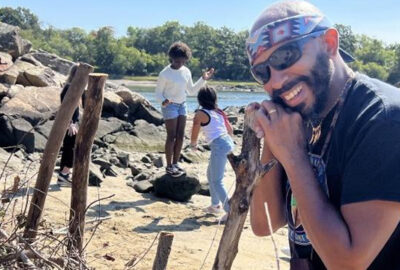King Tides: A Glimpse Into Boston’s Future Shorelines
Seasonal high tides help educate Aquarium visitors about what sea-level rise could look like in Boston.
By New England Aquarium on Tuesday, October 07, 2025

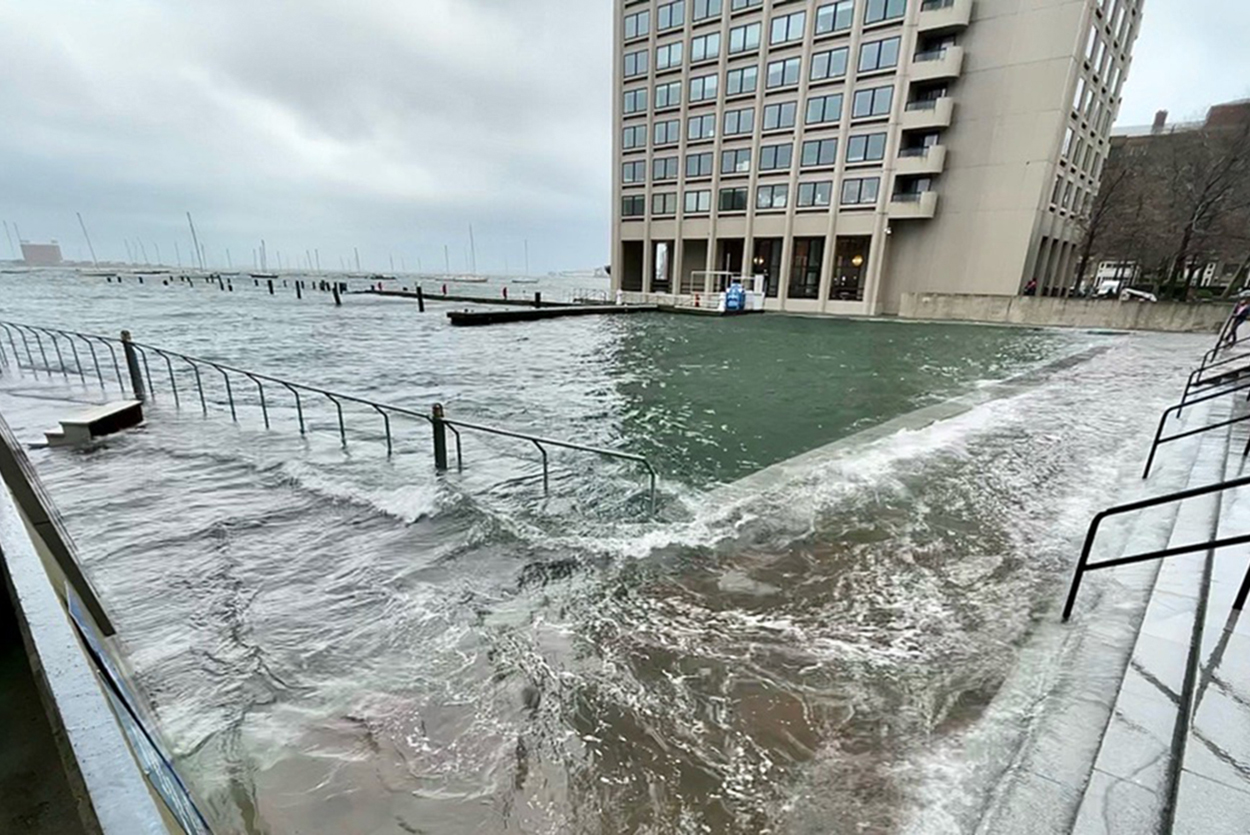
You hear about king tides every year, but what are they—and what makes them so royally interesting?
King tides are the highest tides of the year, caused when the Earth, moon, and sun align in a way that creates extra-strong gravitational pull. Water levels during these events can rise a foot or more above the average high tide, often flooding low-lying coastal areas. In New England, king tides typically happen in the fall, and sometimes again in the spring.
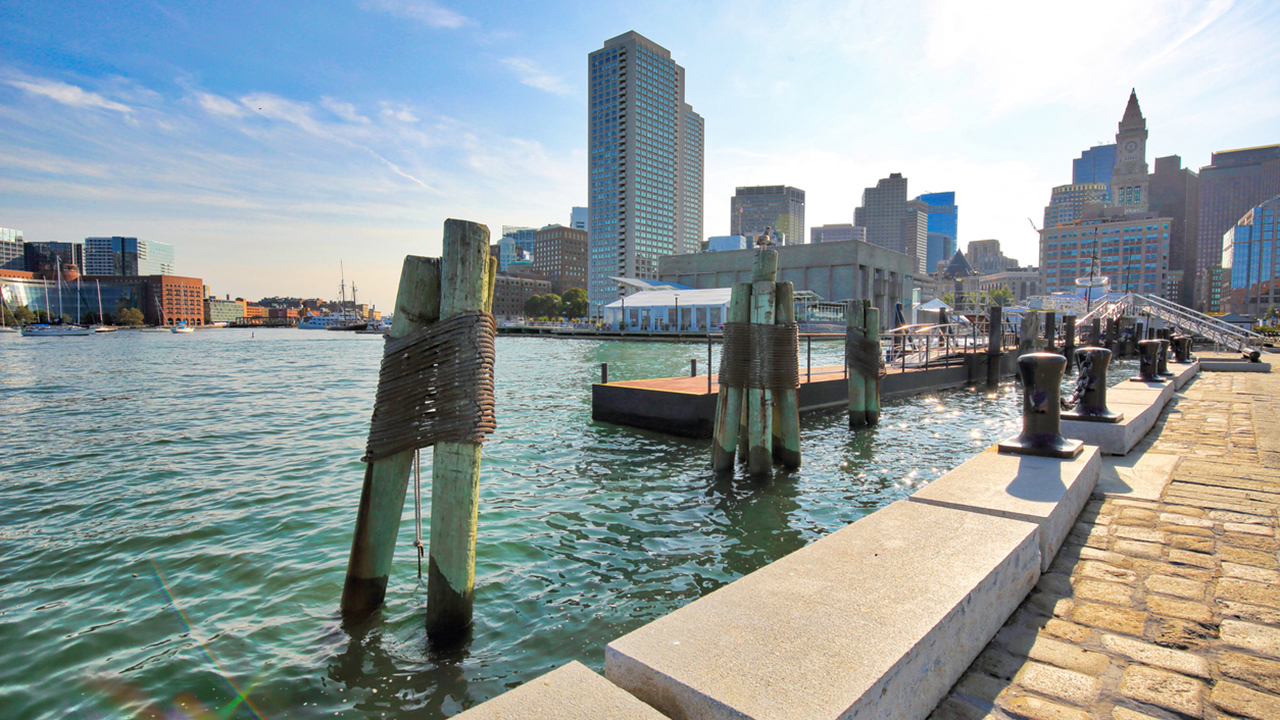
Learning opportunities on Central Wharf
Because the Aquarium sits right on Boston Harbor, visitors can see how higher tides affect public spaces—not just as lines on a chart, but in real time.
“People throughout the region can come and interact with a natural phenomenon,” said Luz Arregoces, director of community engagement at the Aquarium. “It’s also an educational opportunity for people to see what sea-level rise could look like and feel like in the future, because science and data show that our baseline will be at those levels in 50, 100, 150 years.”
The Aquarium is working to enhance and improve our Harborwalk to not only make it more physically resilient to flooding, but also to create educational opportunities, such as installations and programming, for visitors to learn more.
“Our hope is to seize the opportunity and really use it as a teachable moment for people,” Luz said.
Building climate resiliency
King tides are a temporary event—but they’re also a preview of the future. They highlight the urgency of developing long-term, collaborative solutions for climate resiliency.
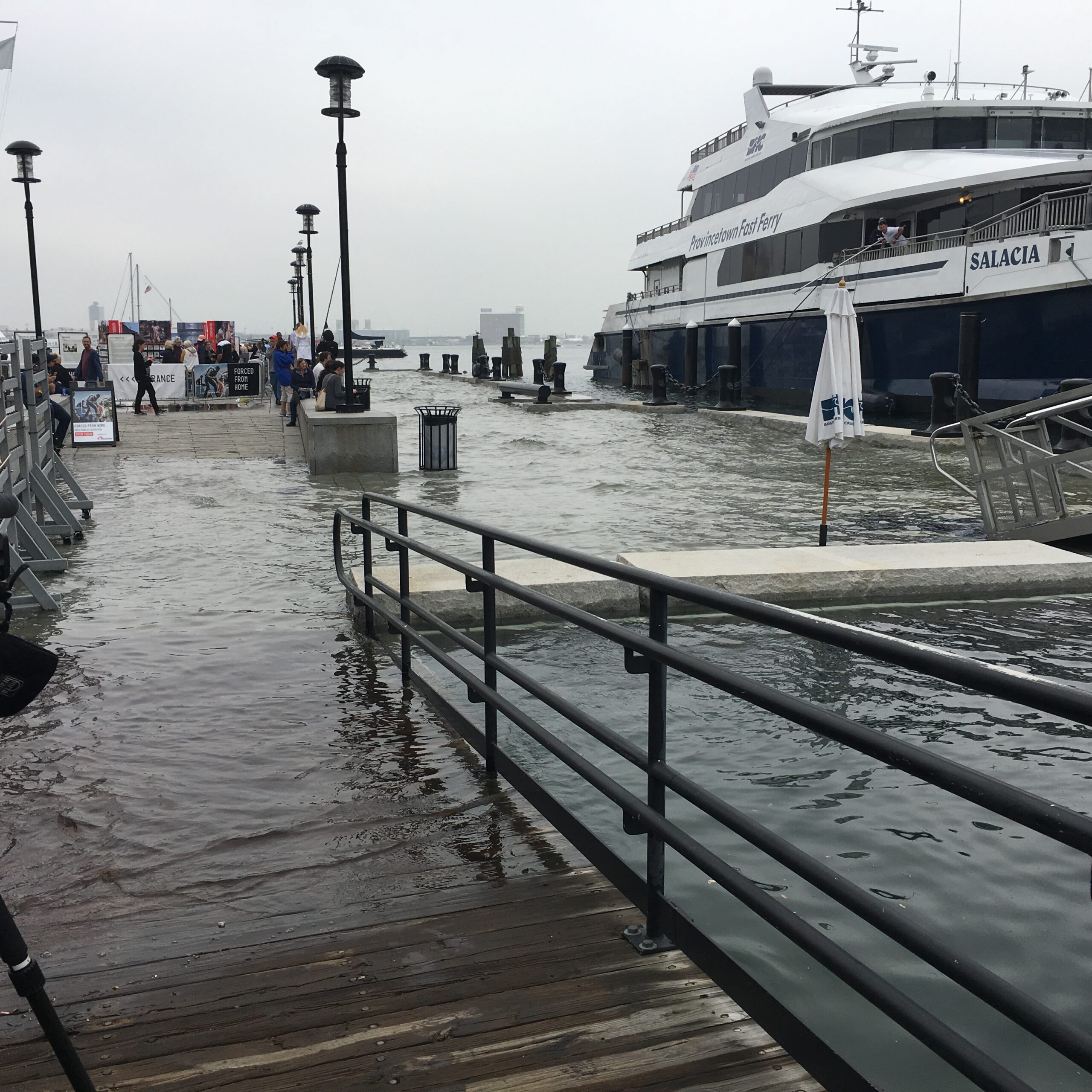
“We can decide we as the Aquarium are going to put measures in place, but that’s only going to protect our piece of land in the short term,” Luz said. “To have protection long term as a region, we all need to be working together.”
The Aquarium is working alongside the Wharf District Council, the neighborhood association for Boston’s waterfront, on a master plan that brings together landowners from Christopher Columbus Park to Rowes Wharf. The goal: nature-based solutions that protect people, places, and ecosystems.
Examples include attenuation islands—land masses that help break up waves—and “living seawalls,” a “green the gray” solution that adds scalloped panels to traditional seawalls. This gives marine animals places to attach and helps sustain underwater ecosystems.
“We’re still protecting the shoreline, but in ways that are helping habitats underwater,” Luz said.
Green spaces like parks also play an important role. They aren’t just a great space for residents to enjoy; they absorb rain and stormwater, acting as natural sponges during extreme weather.
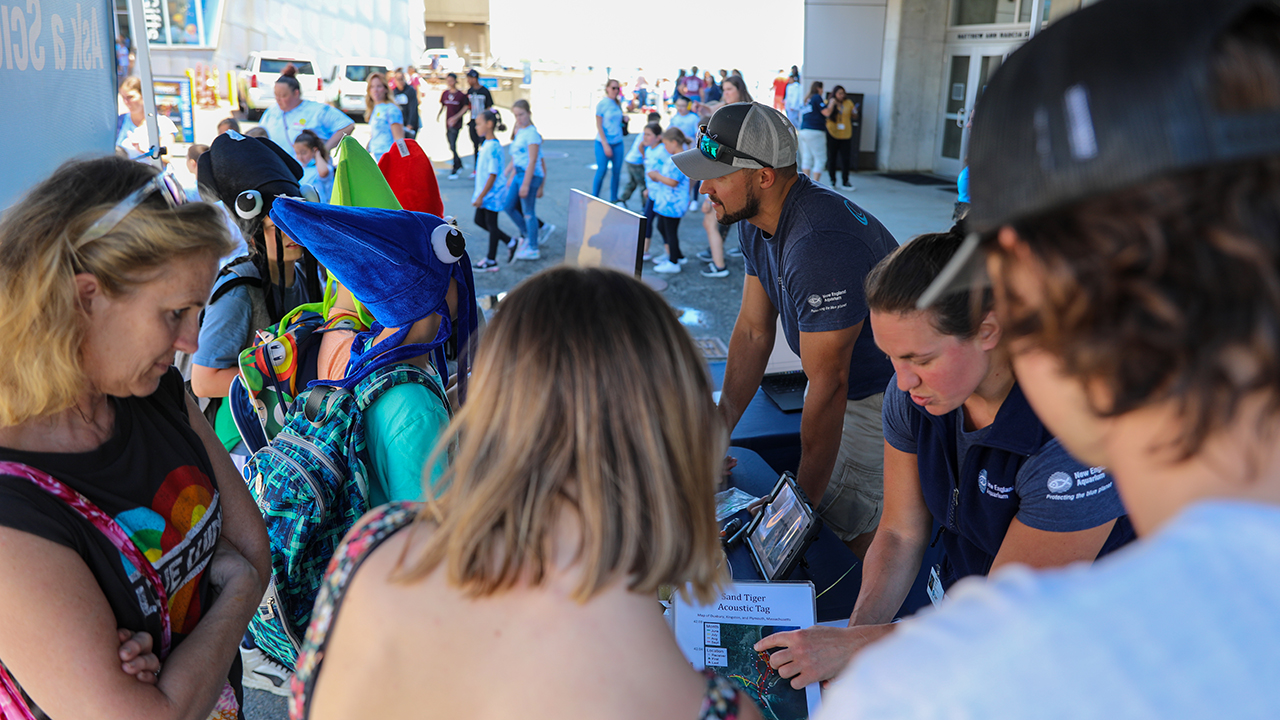
Social resiliency
Physical protections are essential, but Luz emphasized that social resiliency is just as important.
“If people don’t feel connected to a place, they won’t feel compelled to protect it,” she said.
Through years of listening sessions with community members, the Aquarium has learned that barriers like transportation, cost, and lack of awareness can prevent Boston-area residents from enjoying the waterfront. That insight shaped community-focused programming, including World Ocean Day 2025, when thousands of people came to Central Wharf for free events featuring community organizations, Aquarium educators, and researchers.
Upcoming events continue to link community with preparedness. On October 9, the City of Boston will host Deployables Day, testing flood-protection tools while educating the public about emergency preparedness.
“It’s really important to create buy-in from residents,” Luz said. “If people feel connected to the Harborwalk and the waterfront, they will feel compelled to take action to prevent flooding and protect our waterfront.”
Next time you visit the Aquarium, step outside to Central Wharf and the Harborwalk. Notice how the tide is interacting with the shoreline—and imagine what Boston Harbor might look like in the decades ahead. These everyday observations connect us not only to the ocean, but also to the choices we face about protecting it.

